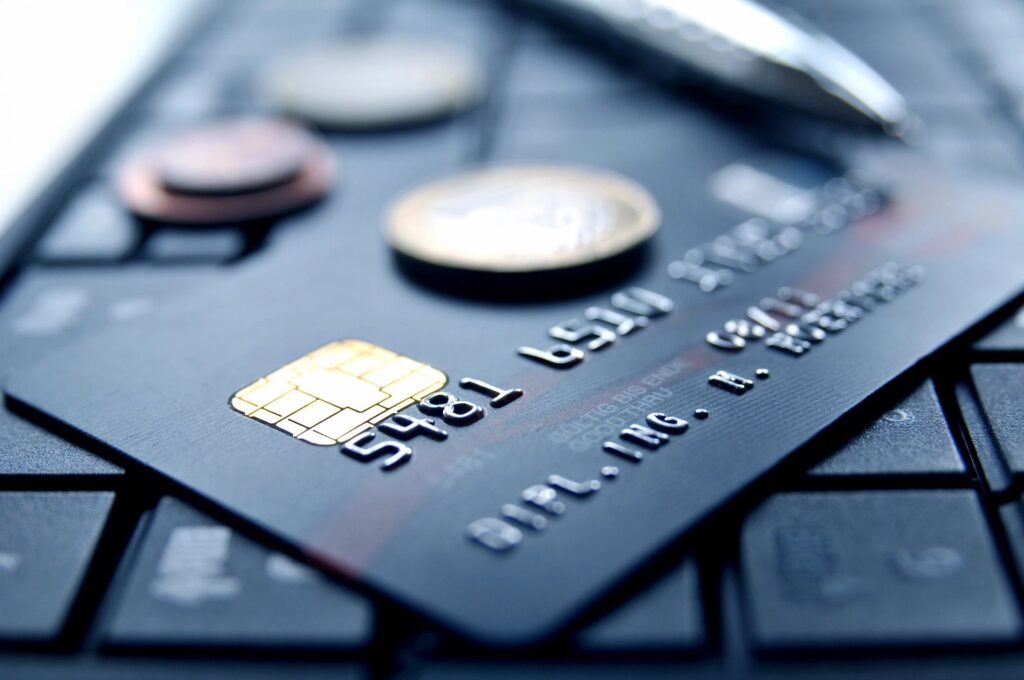How To Spend CAD Abroad
When traveling internationally, managing your money and understanding the best ways to spend Canadian Dollars (CAD) can significantly affect your budget. As a Canadian traveler, there are several options for spending CAD abroad, from currency exchange to prepaid cards, credit cards, and even mobile payment systems. In this comprehensive guide, we’ll walk you through the most effective and affordable ways to spend your Canadian Dollar (CAD) while traveling abroad, ensuring you have the best experience without breaking the bank.
1. Understanding Exchange Rates and Fees
Before diving into the options for spending CAD abroad, it’s important to understand exchange rates and fees—two critical factors that can affect how far your money will go.
Exchange Rates
When converting your Canadian Dollars (CAD) to a foreign currency, you will encounter exchange rates. The exchange rate determines how much foreign currency you’ll receive in exchange for one unit of CAD. Rates fluctuate daily based on global economic factors, so it’s essential to keep track of these movements.
- Market Rate vs. Exchange Rate Margin: The market exchange rate is the real-time exchange rate between two currencies. However, when you convert your CAD at a bank, exchange bureau, or online platform, you may encounter a markup (a margin added on top of the market rate), which is the profit they make. Always check the real-time exchange rate before converting and compare the offered rates.
Fees
When spending CAD abroad, fees can add up quickly if you’re not careful. There are often hidden charges, such as:
- Foreign transaction fees (typically 2-3% per transaction)
- ATM withdrawal fees for international withdrawals
- Currency conversion fees from your bank or service provider
To minimize fees, it’s important to choose the right spending options and carry some local currency as a backup.
2. Exchanging CAD for Foreign Currency
One of the most traditional ways to spend your Canadian Dollar abroad is by exchanging it for the local currency before you travel or when you arrive at your destination.
Exchanging Currency in Canada
You can exchange CAD to foreign currencies in Canada at:
- Banks: Most major Canadian banks provide currency exchange services, though the rates may not be as favorable as those found in foreign countries.
- Currency Exchange Counters: Locations such as Travelex, and other exchange services at airports or malls, provide convenient exchange services but often charge higher rates and fees.
- Online Currency Exchange: Some online platforms, like Wise (formerly TransferWise) or Revolut, allow you to exchange CAD to multiple currencies at competitive rates.
Exchanging Currency Abroad
It’s often better to exchange currency abroad because:
- Better exchange rates: You may get a more favorable rate than in Canada.
- ATM withdrawals: Some countries offer excellent rates when withdrawing from ATMs, with lower fees than exchanging cash at a counter.
However, keep in mind that not all countries have ATM networks that support Canadian bank cards. Be sure to verify that your card is compatible with international ATM withdrawals.

3. Using Debit and Credit Cards Abroad
Debit Cards
A debit card linked to your Canadian bank account can be used to make purchases directly in the local currency, withdrawing funds from your bank in CAD. However, keep in mind a few things:
- Foreign transaction fees: Most Canadian banks charge a fee for international transactions (typically 2-3%).
- ATM withdrawal fees: You may be charged for using ATMs abroad, especially if they are not part of your bank’s network. The fee can be a flat charge per transaction or a percentage of the amount withdrawn.
Some Canadian banks, such as TD Canada Trust or Scotiabank, have partnerships with international banks that may reduce or eliminate some of these fees.
Credit Cards
Using a credit card abroad can be a convenient and secure way to pay for purchases, and many cards offer reward points or travel benefits. However, before using your credit card abroad, keep these tips in mind:
- Foreign transaction fees: Most Canadian credit cards charge 2-3% for foreign transactions. Some travel rewards credit cards waive this fee, so if you travel often, consider applying for one of these cards.
- Chip-and-PIN technology: Canada uses chip-and-PIN technology, and many countries worldwide also prefer this method of payment. Ensure your credit card is equipped with a chip for easy transactions.
- Exchange rate margin: Credit cards often use their own exchange rate, which may be slightly higher than the market rate. Check your credit card’s terms to understand how much you’ll be charged.
How to Avoid High Fees
- Use a no-foreign-transaction-fee card: Look for credit cards that don’t charge foreign transaction fees.
- Pay in local currency: If a merchant offers to charge you in CAD or the local currency, always opt for the local currency to avoid additional conversion fees.
- Notify your bank: Always inform your Canadian bank or credit card provider before traveling abroad to prevent your card from being flagged for fraud.
4. Using Prepaid Travel Cards
Another great option for spending CAD abroad is using a prepaid travel card. These cards allow you to load funds in advance, often in multiple currencies, and use them for purchases just like a regular debit or credit card.
Benefits of Prepaid Travel Cards
- Control over spending: You can load a specific amount of CAD onto the card, ensuring you stay within your travel budget.
- Locked-in exchange rate: Prepaid cards often allow you to lock in exchange rates at the time of loading the card, providing peace of mind against currency fluctuations.
- No transaction fees: Some prepaid cards charge no fees for transactions, while others may charge a small fee for withdrawals or reloads.
Some popular prepaid cards for Canadians include:
- CIBC Smart Prepaid Travel Visa Card
- RBC Canadian Dollar Travel Card
- Wise Multi-currency Account and Card
5. Mobile Payment Options
In recent years, mobile payment apps like Apple Pay, Google Pay, and Samsung Pay have become increasingly popular, allowing you to store your credit and debit card information securely on your phone and pay directly via contactless payments.
Benefits of Mobile Payments
- Convenience: Easily pay for goods and services using your smartphone.
- Security: Mobile wallets use encryption and biometric security, making them safer than carrying cash or physical cards.
- Wide acceptance: In many countries, mobile payments are widely accepted, especially in larger cities and more tech-savvy regions.
Before using mobile payments, make sure your bank or card issuer supports international payments and your mobile payment service works in the country you’re visiting.
6. Cash is Still King in Some Countries
While electronic payments are widely accepted in many places, some countries or regions may still rely on cash transactions for everyday purchases, especially in more remote or rural areas.
Carrying Cash
- Plan ahead: Have a small amount of local currency on hand for tips, small purchases, or when you visit places that don’t accept cards.
- Avoid carrying too much: Carrying large amounts of cash can make you a target for theft. Use ATMs or exchange services when needed.
- Safety tips: Store cash securely in a money belt or hotel safe when not in use.
7. Other Tips for Spending CAD Abroad
- Notify your bank: Always inform your Canadian bank or credit card provider before traveling abroad to avoid having your accounts flagged for suspicious activity.
- Use a currency converter app: Download a currency converter app on your phone to stay informed about real-time exchange rates.
- Research local payment preferences: In some countries, cash is still king, while in others, mobile payments or cards are more common. Research the local payment culture ahead of time.
- Stay alert for hidden fees: Always check for any additional fees when using ATMs or exchanging currency.
Spending CAD abroad is easier than ever, thanks to various payment options available to Canadian travelers. Whether you choose to exchange cash, use debit or credit cards, rely on prepaid travel cards, or embrace mobile payment apps, it’s essential to plan ahead, minimize fees, and stay informed about local payment preferences. By using these strategies, you can ensure your international trip is smooth, budget-friendly, and secure—allowing you to focus on what really matters: enjoying your travels.


